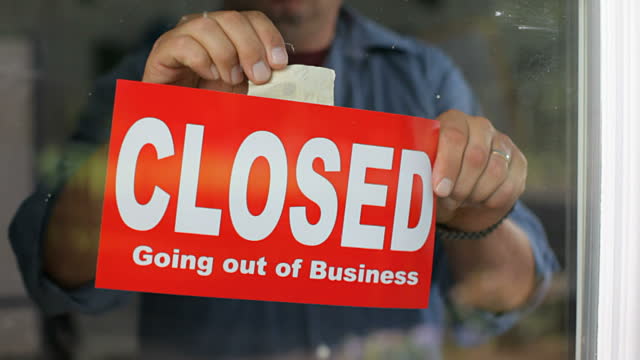The NZ Herald reported recently that despite construction being very busy, small to mid sized businesses in the industry are still going bust. In fact construction has overtaken food service as the number one business category for liquidations in the first two months of this year. This is one first place award that we should be proud of!
See the NZ Herald article here.
Should you be worried? Probably. If not worried, you should at least be aware that things are not all glittering out there and you should look at reviewing your financial systems and your understanding of some key numbers. What you can measure, you can manage. What you can manage, you can change.
Problem is many owners of trades businesses (and other industries, by-the-way) have had little or no training in financial management and don’t know what they should be looking at anyway. Many hate the very idea of paperwork and numbers and get a headache just thinking about it. Does that sound like you?
I, on the other hand, quite like analyzing numbers and showing people what are the key numbers they should be looking at on a regular basis, how to simply calculate them and what to do to improve them. Two important areas in the financial health of your company to spend some time understanding and improving are Cash Flow and Profitability. Effectively 2 sides of the same coin.
Poor Cash Flow
One of the most common reasons that small construction companies fail financially is poor cash flow management. When a company is busy, it’s easy to become complacent and assume that the money will keep flowing in. However, if a company is not managing its cash flow effectively, it can quickly run into trouble. This can lead to missed payments, late fees, and even insolvency.
To avoid this, owners need to have a solid cash flow management plan in place. This includes monitoring expenses, invoicing regularly, and following up with clients who are late on payments. By staying on top of cash flow, small construction companies can ensure that they have the resources they need to continue operating and growing.
Low Profitability
Good cash flow will keep you going in the short term, but low profitability will rear its head when sales slow down and you realise that projects are running at a loss. This is not uncommon in larger construction companies that operate on slim margins and then quite suddenly find themselves in trouble and unable to pay suppliers.
Profit is the long term carbohydrates in your business that will help you survive leaner periods of sales. It is essential that the gross profit you make on your projects can easily cover your overhead costs (including the owner salary) AND leave a real net profit in the bank to fund future growth or help fund short term borrowing if required.
Would you like to learn a bit more about the numbers in your business and how to better manage them? Email me HERE and I will send you details of my training module for trade business owners called “Your Financial Focus”. In this we look at:
- A simple budget process to help you look forwards, not backwards
- What key numbers are critical for you and how to measure them
- How to improve those key numbers
- Checking your charge out rates and if they are too low, or too high
- Improving your credit control and get paid faster
- and lots more
You can be the best tradesman in the world with heaps of work coming in the door, but if you don’t have a grip on the numbers in your business, you can soon be out of business. Do something about it today.
Andy Burrows – web: The Trades Coach

